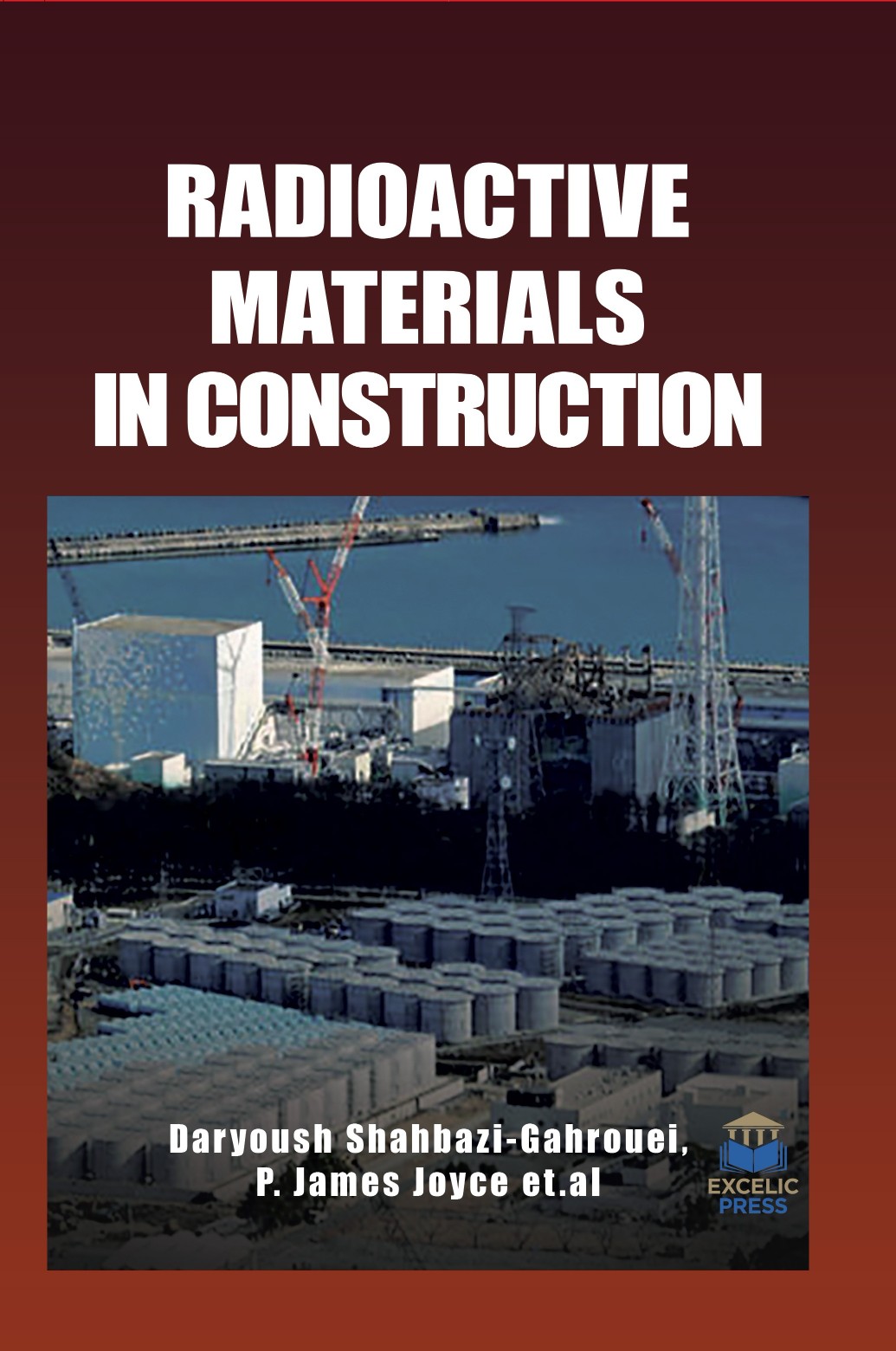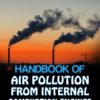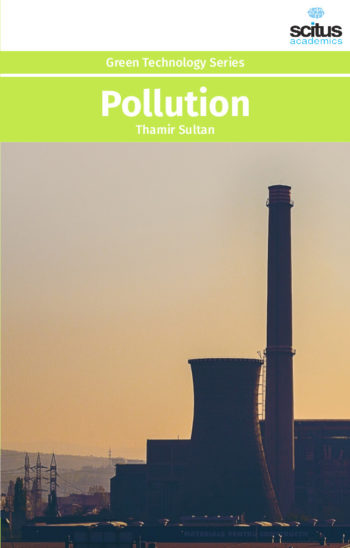Most building materials contain naturally occurring radioactive elements, the most important of which are potassium 40K and the members of two natural radioactive series, which can be represented by the isotopes of thorium 232Th and radium 226Ra. The assessment of population exposures due to indoor radiation is very important and therefore knowledge of the concentrations of natural radionuclides in construction materials is required. Construction materials are derived from both natural sources and waste products and also from industry products. Although building materials act as a source of radiation to the inhabitants in their dwellings, they also have the role of a shield against outdoor radiation. Thus, the knowledge of radioactivity in building materials is important to estimate the radiological hazards to human health. Knowledge of basic radiological parameters such as radioactive contents and attenuation coefficients in building materials is important in the assessment of possible radiation exposure of the population as most people spend about 80% of their life inside houses and offices. This knowledge is essential for the development of standards and guidelines for the use of these materials.
Naturally Occurring Radioactive Materials in Construction covers recent technical and regulatory developments concerning exposure to NORM. This book brought together experts from a wide range of countries to report on and discuss the progress made in identifying, quantifying and managing the radiological risks associated with industrial processes involving NORM. Chapters give a depiction on legislative issues, measurement, and assessment of building materials, physical and chemical aspects, from raw materials, to residues with enhanced concentrations of natural radionuclides (NORM), processes, building products containing NORM, and end-of-life and reuse requirements. The radionuclide activities of 226Ra, 232Th and 40K and radiological parameters (radium equivalent activity, gamma and alpha indices, the absorbed gamma dose rate and external and internal hazard indices) of building materials commonly used in construction have been studied in this book.
This book serves as valuable guide for advanced graduate students, practitioners, researchers, and natural radionuclides processing establishments, as well as for those working in the building materials industry and construction sector, and policy makers.













